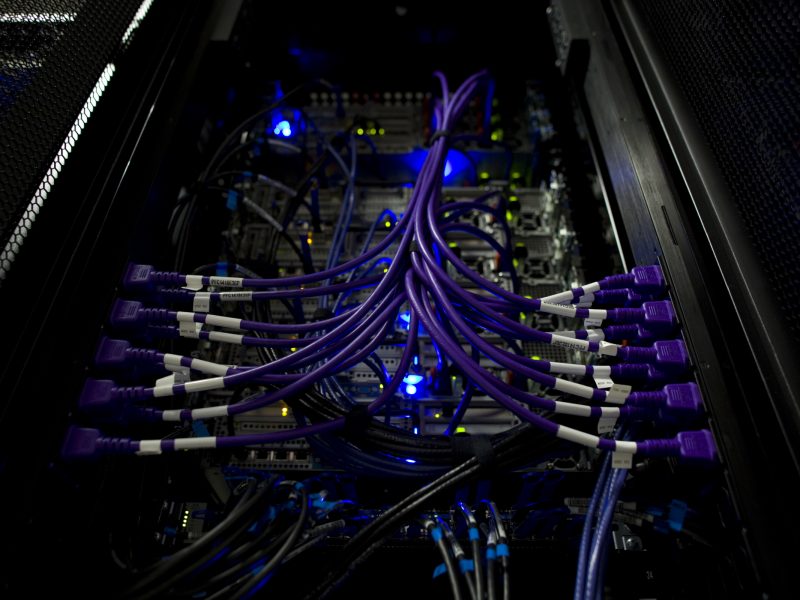Digital Signature for Blockchains with Ternary Physical Unclonable Functions (PUFs)
Description
The technology implements physically unclonable functions (PUFs) for cryptographic and authentication applications as well as blockchains. PUFs generate electronic fingerprints from the components of the client services in the Internet of Things infrastructure. Using ternary PUFs, public and private key pairs are generated for the digital signature (DSA) of blockchains. In turn, the DSA assists with the authentication of blockchains generated by the client’s devices. The server driving the Internet of Things infrastructure can independently generate the same public and private key pairs and certify that the client device used valid public keys. Also, the server verifies the validity of the key pair by checking the public key sent by the client. The ledger tracking the blockchains will track DSA and public keys generated by the client devices, but not ones generated by the server. This scheme is called “public key matching,” simplifying the protocols and eliminating the need for error correction for ternary PUFs.
Additional information
Patent number and inventor
16/560,502
Bertrand Cambou
Potential applications
This technology is designed for use with secure manufacturing, electronic commerce, crypto-currencies, and financial markets.
Benefits and advantages
Conventional use of blockchain technology is vulnerable to malicious side-channel attacks, as well as the physical hijacking of Internet of Thing nodes. In turn, private keys are exposed, compromising infrastructure security. This technology secures blockchains with ternary PUFs, generating error-free key pairs for asymmetrical cryptography from ternary PUFs and memory-based PUFs. With ternary states, the likelihood of having bad public and private key generation can be low. Reductions in the error rate during key generation provides additional layers of security.
Case number and licensing status
2018-046
This invention is available for licensing.
